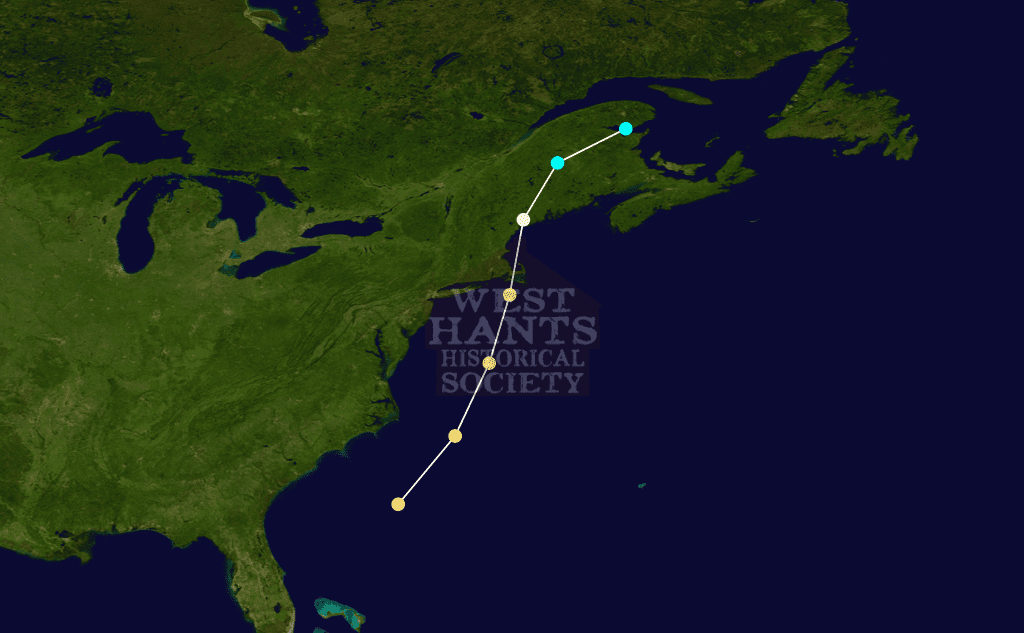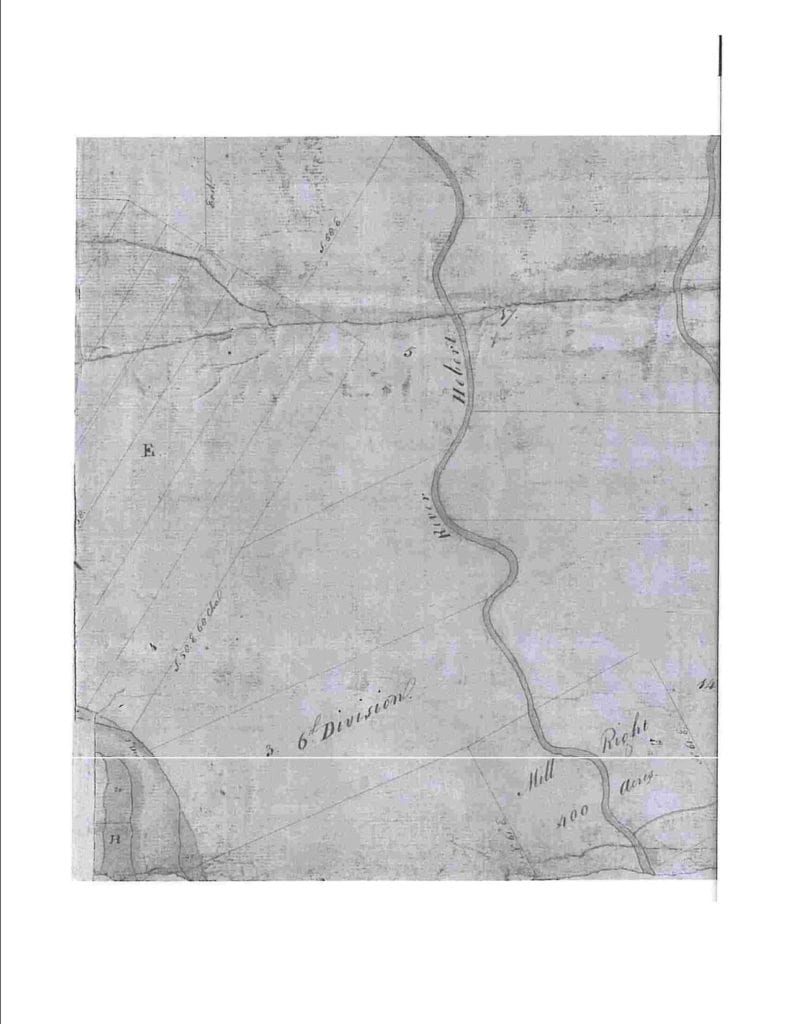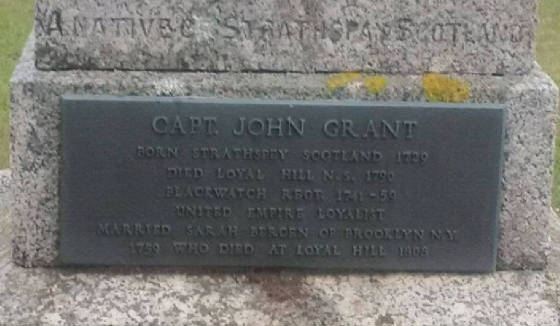The Saxby Gale of October 4
“…the inhabitants of the part of this town known as “Poverty Point”, near Smith’s Island [the area off Exit 6 in Windsor, past the old Visitor Centre], were woke from their slumbers at about 11 o’clock in the night by the rush of water which broke over the dykes in the immediate vicinity. Ten minutes after the dykes gave way the whole body of water found its level, covering in the low-lands for miles and miles around. About twenty houses are situated here; these were flooded nearly eight feet, which presented an appearance the morning after more like that of a street in Venice than a terra firma.
The Saxby Gale of October 4 Read More »





